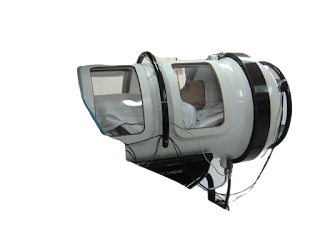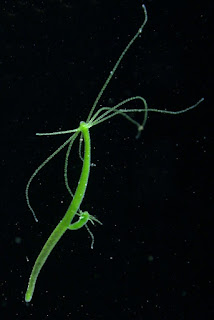Old couplesImage credit goes to pixa.comCellinsight Everything about human ageing and related diseasesCross-linking theoryThe cross-linking theory of aging was proposed in 1942 by Johan Bjorksten. According to this theory Collagen and other proteins undergoing structural changes due to molecular...
 |
| Old couples Image credit goes to pixa.com Cellinsight Everything about human ageing and related diseases |
Cross-linking theory
The cross-linking theory of aging was proposed in 1942 by Johan Bjorksten. According to this theory Collagen and other proteins undergoing structural changes due to molecular cross linkage (collagen is an important body proteins comprising 30? of body proteins) . In the presence of oxygen glucose molecules binding to to proteins and this cross-linked proteins causing damage to cells and tissues resulting in aging. This theory is also called as glycosylation theory of aging.
# Wrinkle and skin changes
The cross-linked skin protein collagen is responsible for wrinkles and skin changes during aging
# Tendon stiffening
An increased cross-linked collagen is the reason behind tendon stiffening, tendons are connective tissues which connect muscles to bones. a stiff tendon can pass more mechanical energy from muscles to bone but it lose it's elastic property.
# stiffening of blood vessels
During aging arterial wall loosing it's elastic behaviour and become more and more stiff. This is happening because of glycated collagen. vascular wall stiffening can cause diabetes and heart failure.Vitamin K rich foods such as kale, broccoli. Spinach, cabbage etc are very helpfull for reversing vascular wall stiffening,and these green leafs are rich in nitrate also. Nitrate can lower blood pressure and can reverse the blood vessels stiffening , some fatty fishes such as salmon, mackerel, sardines tuna etc are also good, because they contains lot of omega 3 fatti acids.
#delayed wound healing
To repair a wound body first utilized collagen_3 and later replaced by collagen_1.when collagen change it's structure because of cross-linking then wound healing process get delayed.
# loosing elasticity of muscular tissues
The muscles in our body are capable of contraction and come back to it's normal position, this capability of muscles is because of it's elastic behavior. The cross linking theory says the elasticity of muscles gradually decrease as we age, because of glycosylation.
# changes in eye lens
Cross-linking of sugar molecules in eye lenses cause stiffening of the lenses, this may lead to cataract in older age. Means vision will more cloudy or blurred.
# cross linking of DNA
As we age DNA, proteins etc undergo cross-links with glucose molecules in the presence of Oxygen. This process is gradual., the cross- linked proteins or DNA is losing it's biological efficiency to a great extend.
#cross linking of brain proteins
Human brain contain many proteins, such as
NFL(neurofilament base chain), UCHL1(ubiqu pitin carboxy terminal hydrolase), MBP(myelin basic protein), GFAP(glial fibrillary acidic protein) and many more. Glycosylation of brain proteins can disturb the functions of nervous system.
Conclusion
Collagen comprise 20_30 ? of body proteins. There are 29 collagen genes identified to date. Out of all type of collagen, the collagen type 1 is most abundant and is widely studied. Cross-linking theory has some resemblance with the free radical theory of ageing. Here Glucose molecules linking to proteins and there it says a free radical means a reactive oxygen species ( ROS) is responsible for damaging proteins lipids etc.












